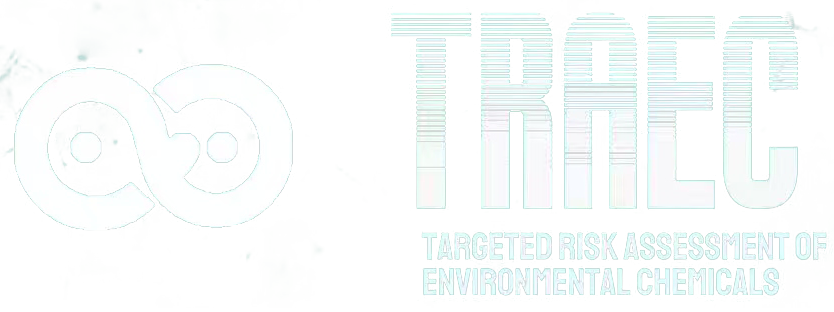Recently, a new research study employing the Targeted Risk Assessment of Environmental Chemicals (TRAEC) strategy has been published, focusing on the risk of pyridaben exposure on the neurodevelopment of offspring. This study provides a comprehensive evaluation of the potential neurodevelopmental toxicity of pyridaben, an environmental chemical widely used as an acaricide.
Pyridaben, known for its ability to inhibit mitochondrial complex I, has been shown to have adverse effects on spermatogenesis, embryonic development, and neurons. However, its impact on the neurodevelopment of offspring has not been thoroughly investigated until now. The TRAEC strategy, a novel approach that integrates evidence from published literature and researchers' own data, was used to assess the risk comprehensively.
The study included six relevant studies (one epidemiological, two in vivo, and three in vitro) and additional experiments conducted by the researchers. The TRAEC strategy evaluates the reliability, correlation, outcome fitness, and integrity of the evidence. After a thorough scoring process, the study concluded that pyridaben poses a medium-level risk to the neurodevelopment of offspring, with a composite risk score of 5.64.
The research utilized NE-4C stem cell models to investigate the neurodevelopmental toxicity of pyridaben. The results showed that pyridaben significantly inhibited the viability and proliferation of neural stem cells, altered the cell cycle, and increased apoptosis. Additionally, it affected the expression of various neuronal and glial cell markers, such as Dnmt3b, Kmt1a, and Kdm6a.
The findings highlight the potential risks of pyridaben exposure during pregnancy and emphasize the need for enhanced risk management measures. The study suggests that avoiding exposure to pyridaben, especially in agricultural areas, is crucial to protect the early brain development of fetuses.
This research demonstrates the utility of the TRAEC strategy in assessing the neurodevelopmental toxicity of environmental chemicals, providing valuable insights for future studies and risk assessments.
Link: https://www.sciencedirect.com/science/article/pii/S2772737825000057


